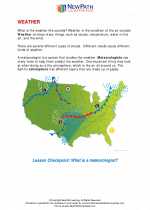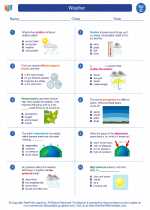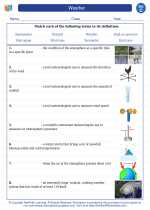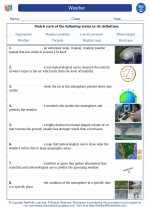Heterotrophic
Heterotrophic is a term used in biology to describe organisms that cannot produce their own food and must obtain nutrients from other organisms. These organisms rely on consuming organic materials in order to survive and grow.
Types of Heterotrophs
There are different types of heterotrophs, including:
- Herbivores: Organisms that feed on plants and plant materials.
- Carnivores: Organisms that feed on other animals.
- Omnivores: Organisms that consume a variety of plants and animals.
- Detritivores: Organisms that feed on decaying organic matter.
- Parasites: Organisms that live on or inside other organisms and obtain nutrients at the host's expense.
Importance of Heterotrophs
Heterotrophs play a crucial role in the food chain and ecosystem. They are essential for recycling nutrients and energy within an ecosystem. By consuming organic matter, they help break down and decompose dead organisms, returning essential nutrients to the soil and contributing to the overall balance of the ecosystem.
Study Guide
To study the concept of heterotrophic, consider the following key points:
- Define heterotrophic and explain the difference between autotrophic and heterotrophic organisms.
- Identify and describe the different types of heterotrophs, including herbivores, carnivores, omnivores, detritivores, and parasites.
- Discuss the role of heterotrophs in the food chain and ecosystem, emphasizing their importance in nutrient cycling and energy transfer.
- Explore specific examples of heterotrophic organisms and their feeding habits in various ecosystems, such as forests, oceans, and grasslands.
- Examine the adaptations and characteristics that enable heterotrophs to obtain and digest their food sources.
Understanding the concept of heterotrophic is essential for comprehending the interactions and dynamics of living organisms within an ecosystem.
.◂Science Worksheets and Study Guides Third Grade. Weather

 Worksheet/Answer key
Worksheet/Answer key
 Worksheet/Answer key
Worksheet/Answer key
 Worksheet/Answer key
Worksheet/Answer key
 Vocabulary/Answer key
Vocabulary/Answer key
 Vocabulary/Answer key
Vocabulary/Answer key
